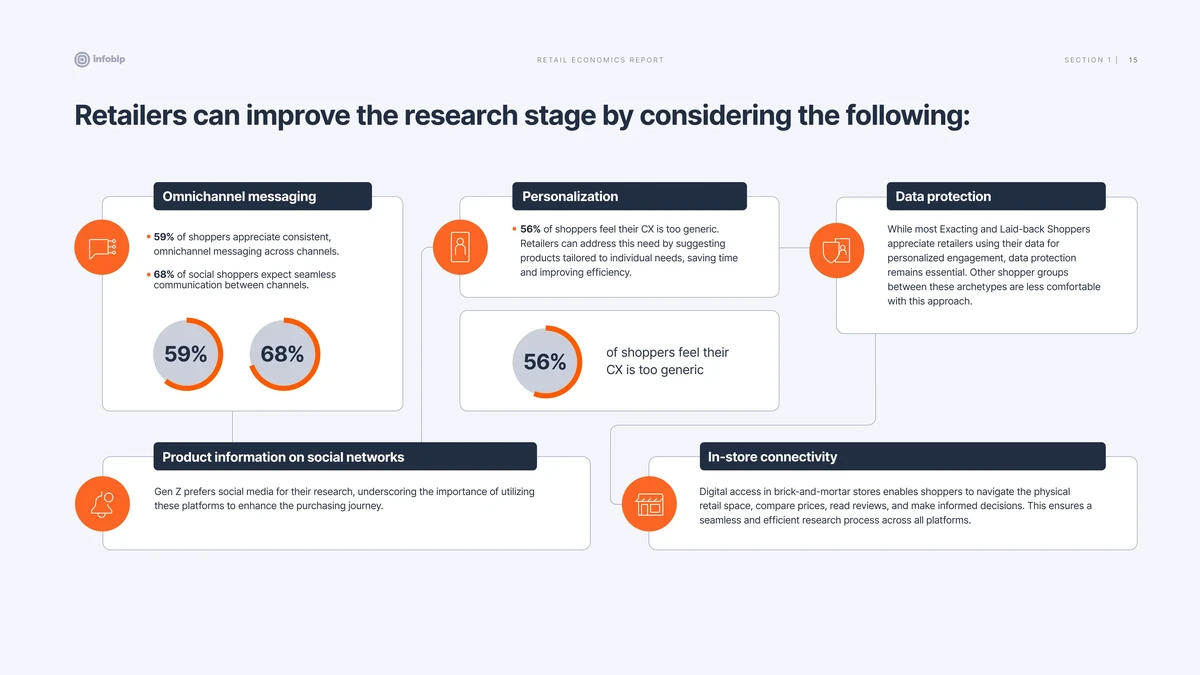=====================================================================
Quantitative trading is a complex yet fascinating field that involves using mathematical models, algorithms, and vast amounts of data to identify profitable trading opportunities. A central concept that shapes the theory and practice of quantitative trading is the Efficient Market Hypothesis (EMH). In this article, we will explore the various ways in which EMH influences quantitative trading strategies, the pros and cons of adopting it, and practical applications that quantitative traders use to navigate the financial markets.

What is the Efficient Market Hypothesis (EMH)?
The Efficient Market Hypothesis (EMH), proposed by Eugene Fama in the 1960s, suggests that financial markets are “efficient” in reflecting all available information at any given time. According to EMH, it is impossible to consistently achieve higher returns than the market average through any form of analysis or strategy because prices always fully incorporate all public information. In other words, the market’s prices are always in equilibrium, and no investor can outsmart the market for long periods.
Three Forms of EMH
EMH is divided into three forms based on the level of information reflected in the prices:
- Weak Form: All past trading data, including stock prices and volume, is already reflected in the current market prices. Technical analysis is therefore of limited use.
- Semi-Strong Form: All publicly available information, including financial statements and news, is reflected in the stock prices. Both technical and fundamental analysis are ineffective.
- Strong Form: All information, public and private (insider information), is incorporated into the market prices, and even insiders cannot gain an advantage.
Understanding EMH’s framework is essential to understanding how it impacts quantitative trading.

The Role of EMH in Quantitative Trading
Quantitative trading relies on mathematical models, statistical analysis, and data-driven strategies to predict and capitalize on market movements. The implications of EMH for quantitative trading are profound, as it provides a baseline for the efficiency of markets and dictates the feasibility of specific strategies.
EMH and Algorithmic Trading
Algorithmic trading, which involves the use of algorithms to automate trade execution, operates on the assumption that markets are largely efficient. If market prices fully reflect all available information, the role of quantitative models becomes more about identifying micro-movements or inefficiencies that exist temporarily within the market.
Pros:
- Speed: Algorithmic strategies can process large amounts of data quickly, taking advantage of fleeting opportunities.
- Market Liquidity: EMH suggests that markets are liquid, which allows quantitative strategies to execute trades with minimal slippage.
- Speed: Algorithmic strategies can process large amounts of data quickly, taking advantage of fleeting opportunities.
Cons:
- Limited Arbitrage Opportunities: According to EMH, arbitrage opportunities should be short-lived, reducing the profitability of strategies based on identifying inefficiencies.
- Increased Competition: As more firms adopt quantitative trading strategies, the market becomes more efficient, making it harder for individual firms to outperform.
- Limited Arbitrage Opportunities: According to EMH, arbitrage opportunities should be short-lived, reducing the profitability of strategies based on identifying inefficiencies.
EMH and Statistical Arbitrage
Statistical arbitrage is another popular quantitative trading strategy that involves exploiting small price inefficiencies in the market through mathematical modeling and statistical techniques. However, under EMH, these inefficiencies are typically short-lived and quickly corrected, making statistical arbitrage more difficult to sustain in the long run.
Strategy Example: Pairs Trading
Pairs trading is a form of statistical arbitrage where two historically correlated assets are traded based on the deviation of their prices from historical norms. When one asset deviates significantly from the other, traders bet on the reversion to the mean. However, in a fully efficient market, these deviations would be less predictable, reducing the strategy’s profitability.
Pros:
- Market Neutrality: Pairs trading aims to minimize exposure to overall market movements.
- Low Risk: The strategy focuses on relative price movements, which can mitigate systematic risk.
- Market Neutrality: Pairs trading aims to minimize exposure to overall market movements.
Cons:
- Limited Opportunities: In an efficient market, pairs that are historically correlated may not exhibit enough divergence to yield significant profits.
- High Transaction Costs: Due to the high frequency of trades, transaction costs can erode profits over time.
- Limited Opportunities: In an efficient market, pairs that are historically correlated may not exhibit enough divergence to yield significant profits.
How EMH Affects Quantitative Strategy Development
Quantitative traders who incorporate EMH into their models must constantly adjust their strategies to account for the evolving efficiency of the market. In this section, we will explore two different approaches to building quantitative strategies under the assumption of EMH.
Approach 1: Factor Models
Factor models aim to capture systematic sources of risk that affect asset returns. These models use factors such as market risk, interest rates, and inflation to explain asset prices. Even in an efficient market, identifying the right factors can still lead to an edge in modeling returns.
Example: The Fama-French Three-Factor Model
The Fama-French Three-Factor Model builds on EMH by incorporating factors such as:
- Market Risk (Beta)
- Size (Small vs. Large Cap)
- Value vs. Growth (Price-to-Book Ratios)
While the market is efficient, certain factors like size and value can exhibit persistent returns, which can be exploited using quantitative methods.
Pros:
- Data-Driven: Factor models rely on historical data, making them highly quantifiable.
- Widely Accepted: These models have a strong theoretical foundation and are widely used in both academic and professional circles.
- Data-Driven: Factor models rely on historical data, making them highly quantifiable.
Cons:
- Limited Alpha Generation: Factor models are based on market-wide risks, making it hard to generate alpha consistently in an efficient market.
- Overfitting Risk: There is a risk of overfitting models to historical data, which can reduce the robustness of the model.
- Limited Alpha Generation: Factor models are based on market-wide risks, making it hard to generate alpha consistently in an efficient market.
Approach 2: Machine Learning Models
Machine learning models aim to identify patterns in large datasets that may not be apparent through traditional statistical methods. In a market governed by EMH, machine learning algorithms can still be used to identify fleeting patterns in the data that may offer short-term predictive power.
Example: Neural Networks
Neural networks can learn complex non-linear relationships between variables, allowing them to identify hidden patterns in market data that traditional models might miss.
Pros:
- Flexibility: Neural networks can adapt to a wide variety of market conditions.
- Scalability: Machine learning algorithms can scale with large datasets and complex models.
- Flexibility: Neural networks can adapt to a wide variety of market conditions.
Cons:
- Data Dependency: The effectiveness of machine learning models depends on the quality and quantity of the data.
- Black Box Nature: The decision-making process of neural networks is not always interpretable, which can make it difficult to trust the model.
- Data Dependency: The effectiveness of machine learning models depends on the quality and quantity of the data.
Evaluating the Effectiveness of EMH in Quantitative Trading
While EMH provides a useful framework for understanding market efficiency, it is not always accurate in predicting real-world market behavior. In fact, several studies have shown that markets exhibit inefficiencies that can be exploited by sophisticated quantitative models. These inefficiencies may arise from factors such as behavioral biases, informational asymmetries, and market frictions.
How to Measure Market Efficiency
The efficiency of a market can be measured using statistical tests like the Autocorrelation Test and Runs Test. These tests evaluate the degree to which past prices can predict future prices, which is a key indicator of market efficiency.
Why EMH is Challenged by Some Traders
Despite its theoretical appeal, many traders challenge EMH because of the persistent market anomalies that suggest inefficiencies exist. For instance, patterns like the January Effect and momentum have been shown to contradict the assumptions of EMH.
FAQ: Frequently Asked Questions
1. Why is the Efficient Market Hypothesis Important in Quantitative Trading?
The Efficient Market Hypothesis is important because it shapes the way quantitative traders approach market inefficiencies. If markets are efficient, traders must develop strategies that rely on identifying temporary mispricings or using market data in ways that the average investor cannot.
2. How Does EMH Affect Statistical Arbitrage?
Under EMH, statistical arbitrage strategies rely on identifying short-term mispricings, but these opportunities are often short-lived and corrected quickly. This makes the execution speed and accuracy of algorithms crucial in profiting from these strategies.
3. Can Quantitative Models Overcome Market Efficiency?
While it is challenging to consistently beat the market, sophisticated quantitative models that integrate machine learning and alternative data sources may still uncover temporary inefficiencies. However, these models require constant refinement as markets evolve.
Conclusion
The Efficient Market Hypothesis provides a foundation for understanding how markets function and how traders can use quantitative models to navigate them. While EMH implies that opportunities for excess returns are limited, the development of advanced quantitative models, particularly those that leverage machine learning, still offers avenues for short-term profits. By understanding both the strengths and limitations of EMH, traders can design better strategies and manage risks effectively.
If you found this article helpful, share it with your network, and let us know your thoughts in the comments below!
For further reading, check out these articles:
- Why is the Efficient Market Hypothesis Important
- How the Efficient Market Hypothesis Influences Stock Trading

0 Comments
Leave a Comment